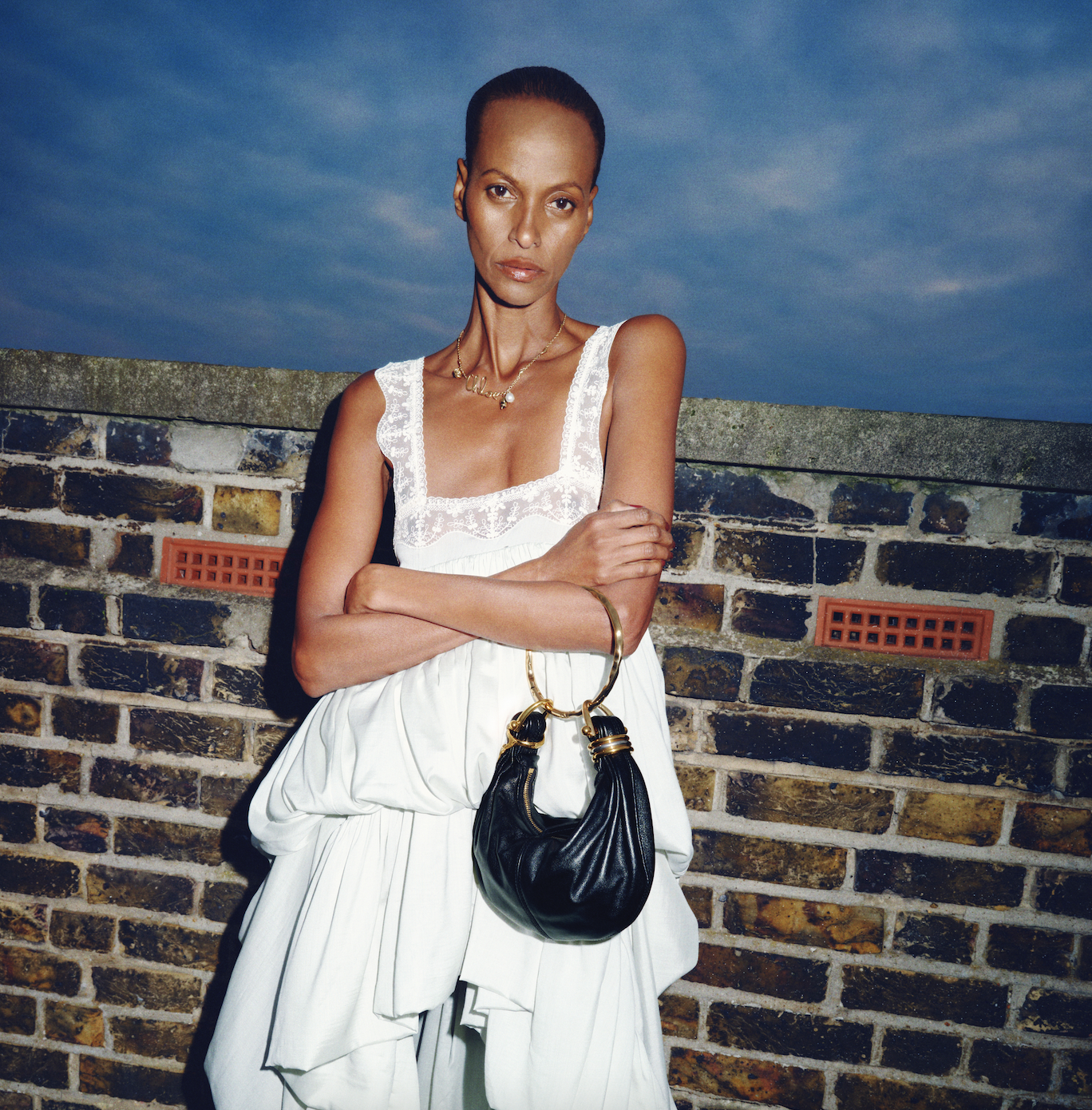This Expert-Approved Technique Is Set to Be the Next Big Skincare Trend
All beauty editors and skincare experts know that when it comes to skincare, and especially to targeting skin concerns like acne, using active ingredients is where the magic happens. Acids speed up skin cell turnover to prevent clogged pores, benzoyl peroxide reduces excess oil production and inflammation, and multitasking retinol prevents breakouts and targets scarring simultaneously. But if you’ve got sensitive skin or you’re new to using actives, the power behind these ingredients may cause some trepidation. Both acids and retinol can cause redness, sensitivity, irritation, and peeling, so when it comes to using products containing these ingredients, the way you apply them makes all the difference.
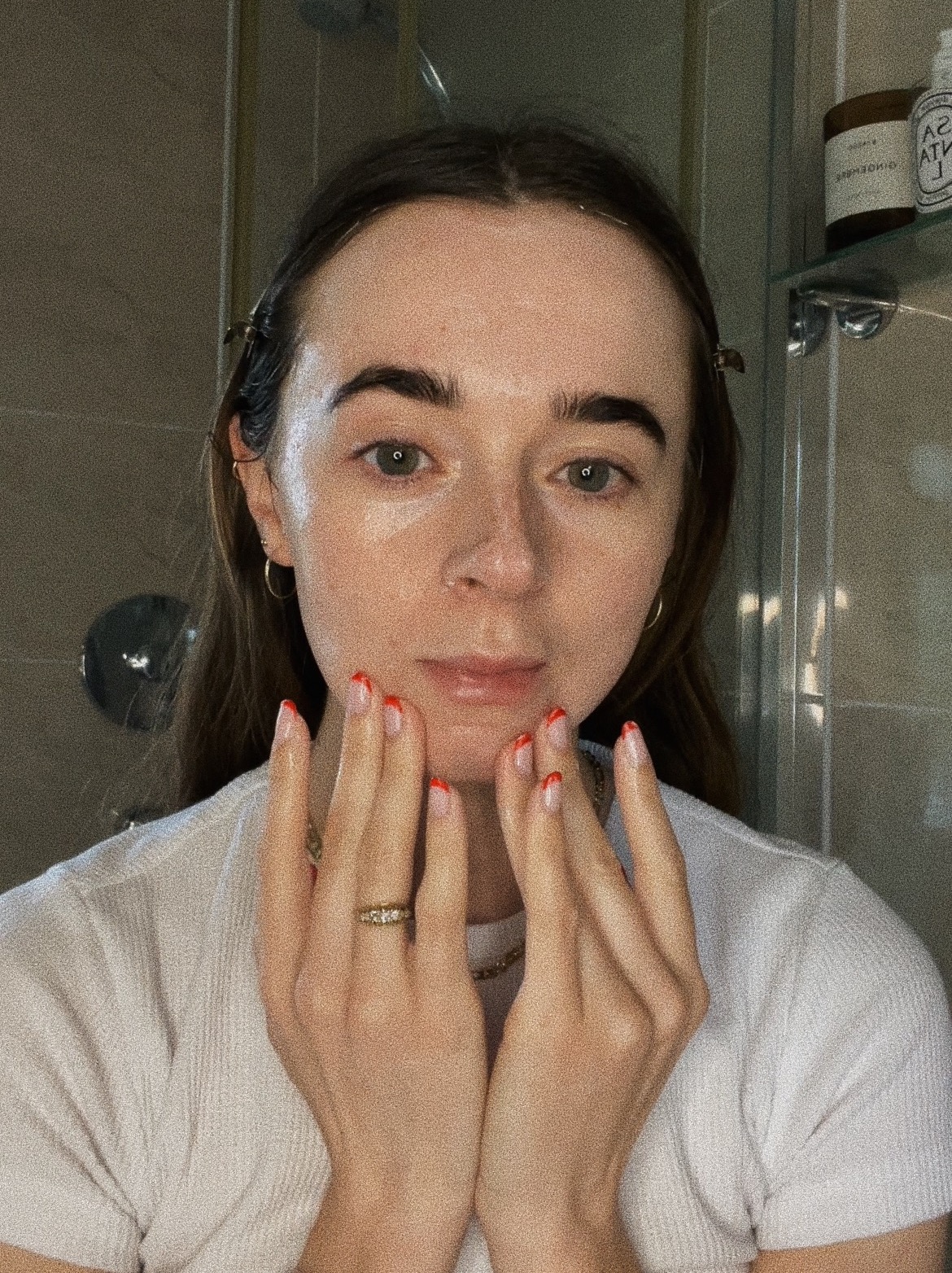
I know a lot of people who’ve given up on actives altogether after experiencing these unwanted side effects, but before you do the same, I’d urge you to consider short contact therapy - a technique which allows your skin to slowly adjust to active ingredients. I first learned about this method when training to be an esthetician and I’ve been shouting about its benefits ever since. It’s been used and recommended by both dermatologists and facialists for years because it’s incredibly easy to incorporate into an everyday skincare routine.
Here’s everything you need to know about short contact therapy for acne-prone skin, so you can carry on using active ingredients to address your breakouts and reap all of the benefits, with none of the side effects.
1. What is short contact therapy?
Short contact therapy involves applying an active ingredient to your skin for a reduced amount of time. "The technique is pretty simple,” says facialist and skin expert Charlie Perry. "I apply the product for a short period of time—anywhere from 30 seconds to five minutes (depending on the client's skin)—and then rinse it off.” By doing this, you’re limiting the ingredient’s contact with skin, so it can still have an impact, but it doesn’t have long enough to cause irritation.
Chances are you’ve probably (unknowingly) experienced this technique before if you’ve used a rinse-off mask or had a chemical peel, but Perry explains that it can also be used for products such as serums and cleansers. "It’s great for things like retinoids or benzoyl peroxide and other potentially irritating ingredients, as it helps improve the tolerability of a product where normally the skin needs time to adjust,” she adds.
2. The benefits of short contact therapy
The basic gist is that short contact therapy reduces the potential for active ingredients to irritate your skin, but it also means you can reap their many skin clearing benefits. "For those prone to breakouts or moderate acne, short contact therapy can be really beneficial,” says Perry. "Ingredients such as benzoyl peroxide and salicylic acid can sometimes dry out or irritate skin if used too frequently, so this is a great to way to tap into their acne-fighting properties.”
And of course, if you have sensitivity, this is a great technique to try if you’re previously found that active ingredients trigger redness and inflammation. "A notorious side effect of topical retinoids is irritant contact dermatitis,” explains Perry. This condition occurs when skin is repeatedly exposed to an irritant which damages the skin’s protective outer layer. "Applying products for shorter periods of time can help increase the skin’s tolerance so irritant contact dermatitis doesn’t occur,” she adds. "Over time, I’ve seen many people able to increase the frequency and length of application and avoid compromising or irritating their skin, but also maximise results.”
3. The side effects of short contact therapy
"Due to the ability to use this technique across a broad range of ingredients and products, it can really be used to treat any skin condition that the product has been designed to address,” says Perry. The obvious side effect is that if a product is left on skin for too long, then irritation may occur. To avoid this, Perry advises starting off with a 30 second application, and then building up in 30 second intervals each time you try it - slowing it down again if irritation occurs.
4. How to try short contact therapy
One of my personal favourite ways to use short contact therapy to target acne breakouts is with benzoyl peroxide. The incredibly powerful ingredient works kills bacteria, reduces inflammation, and unblocks clogged pores, but it can also cause skin to dry out and peel. Rather than applying it in a serum or treatment form, I instead use a benzoyl peroxide cleanser, leave it on my skin for 3-5 minutes (think of it like a face mask) and then rinse it off.
Perry also recommends trying the technique out via a cleanser. "I often leave on a salicylic acid cleanser for a few minutes when a client is experiencing breakouts to subside inflammation or even as a way to mitigate breakouts at certain points throughout the hormonal cycle,” she says. Alternatively you can also try out short contact therapy using a serum. Again, think of it like a mask - apply it to clean skin, rinse off with just water, then continue with the hydrating steps of your routine.
The best cleansers for short contact therapy:
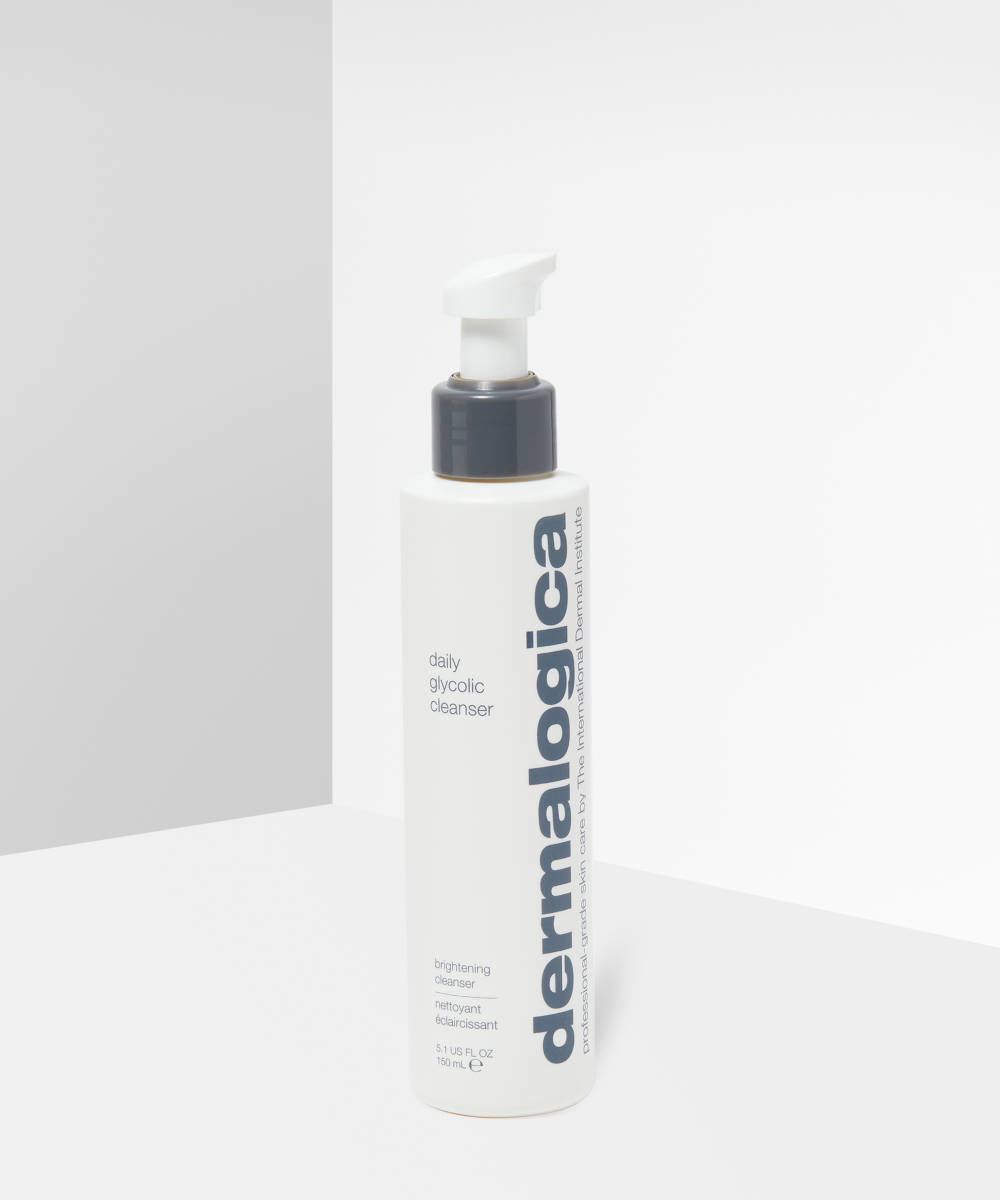
"I'm a big fan of a glycolic acid cleanser used as a light wash-off mask on a Sunday evening,” says Perry. "This is great for those with pigmentation or congestion to brighten up the skin.”
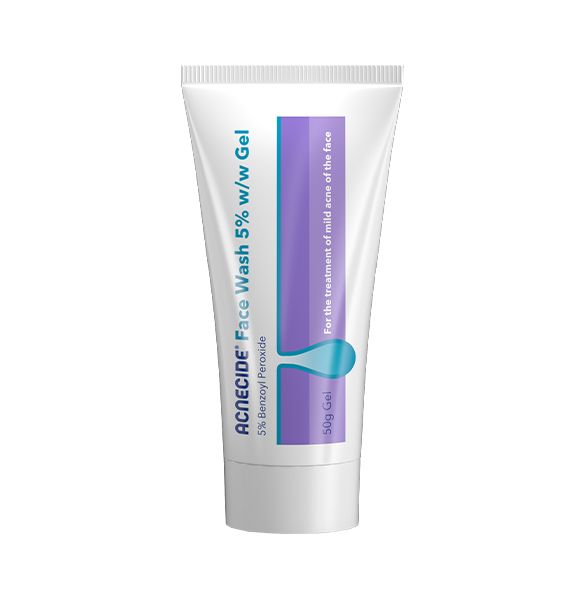
This refreshing gel cleanser contains the highest strength it’s possible to get over the counter in the UK (until recently, benzoyl peroxide was only available via prescription). I find that using it twice a week is an incredibly effective way to stay on top of my acne flare-ups.
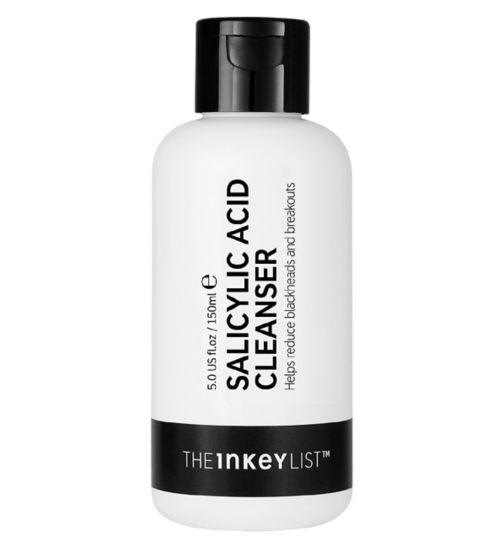
"Salicylic acid is oil soluble and can penetrate and help to clear out pores as well as reduce inflammation,” says Perry. This cleanser contains a hefty dose of the ingredient, plus zinc for oil control.
The best serums for short contact therapy:
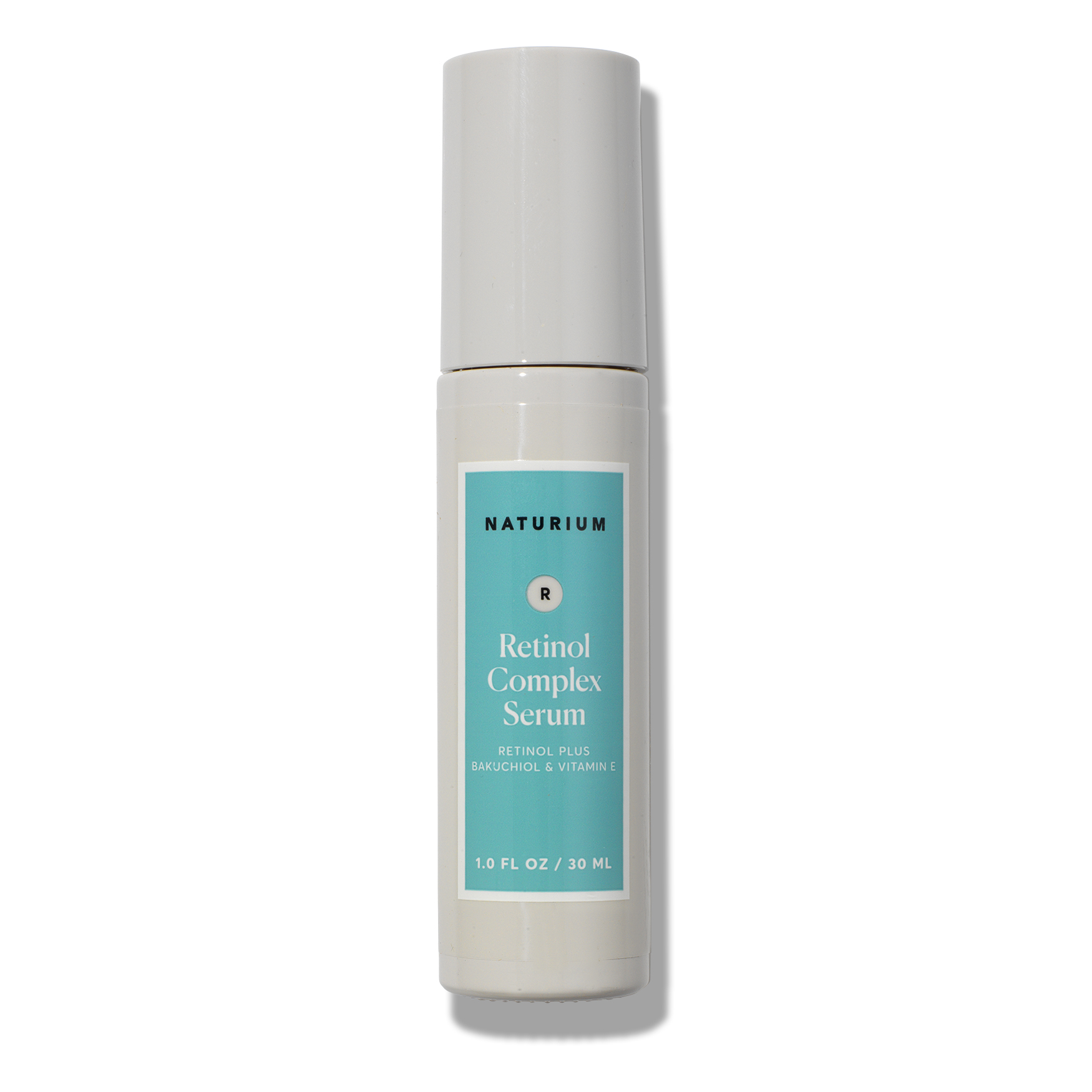
If you want to try out short contact therapy with retinol, you’ll need to use a serum. This is a great all-rounder, formulated with a stabilised form of retinol, and a host of hydrating ingredients to help prevent irritation.
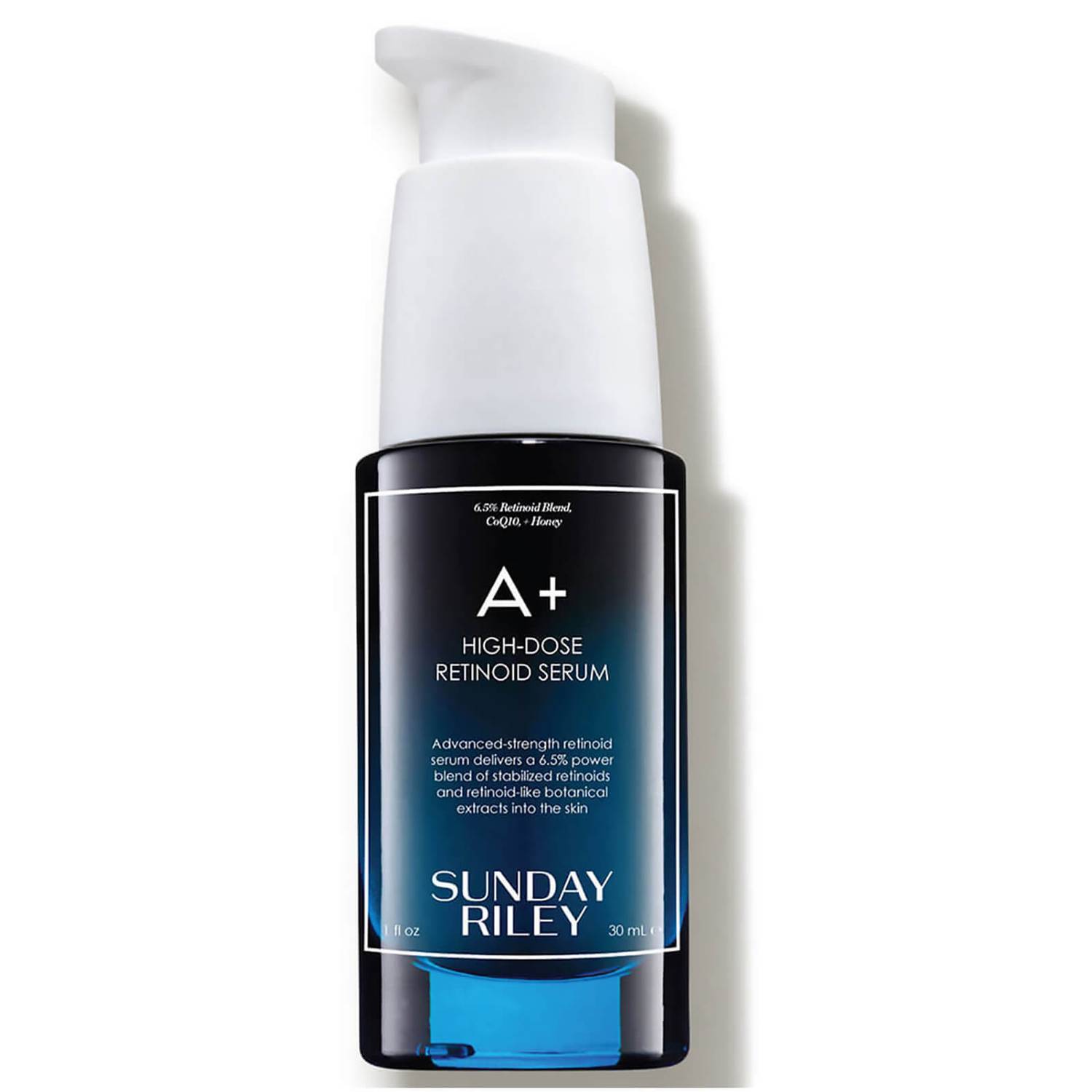
Great for acne-prone skin (retinoids target both the cause and the aftermath of breakouts), this high-strength blend will deliver results, even when used gradually.
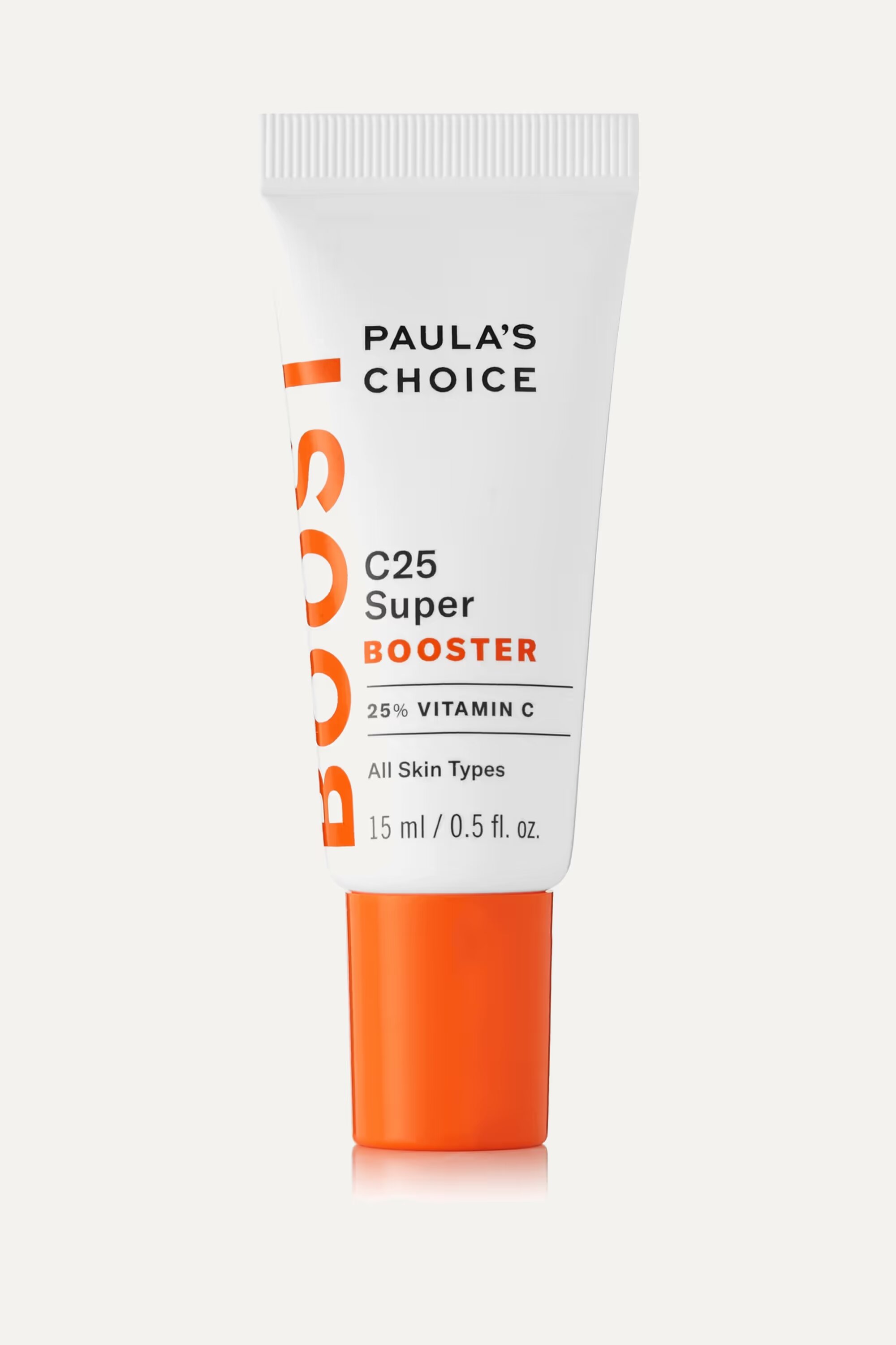
Vitamin C is another ingredient that sensitive skin can be intolerant to. If you’ve previously experienced redness or a tingling sensation when using a vitamin C serum, try applying a high-strength formula like this one using the short contact therapy method instead.
Next Up: I've Lived With Breakouts for Years - These Are The 21 Products That I Swear By
Grace Day is a beauty editor and content creator. She has over 10 years of beauty-industry experience, spanning editorial, retail, and e-commerce, which gives her a unique understanding into how people shop for their beauty routines.While studying for a history degree (specialising in the history of beauty) and working as a beauty adviser in department stores, Grace started writing her own beauty blog in order to share the products she discovered while dealing with acne. After graduating, she moved to Beauty Bay as beauty editor and content manager. Grace is currently a beauty contributor to Who What Wear. She has also written for Hypebae and PopSugar and works as a brand consultant and copywriter.
-
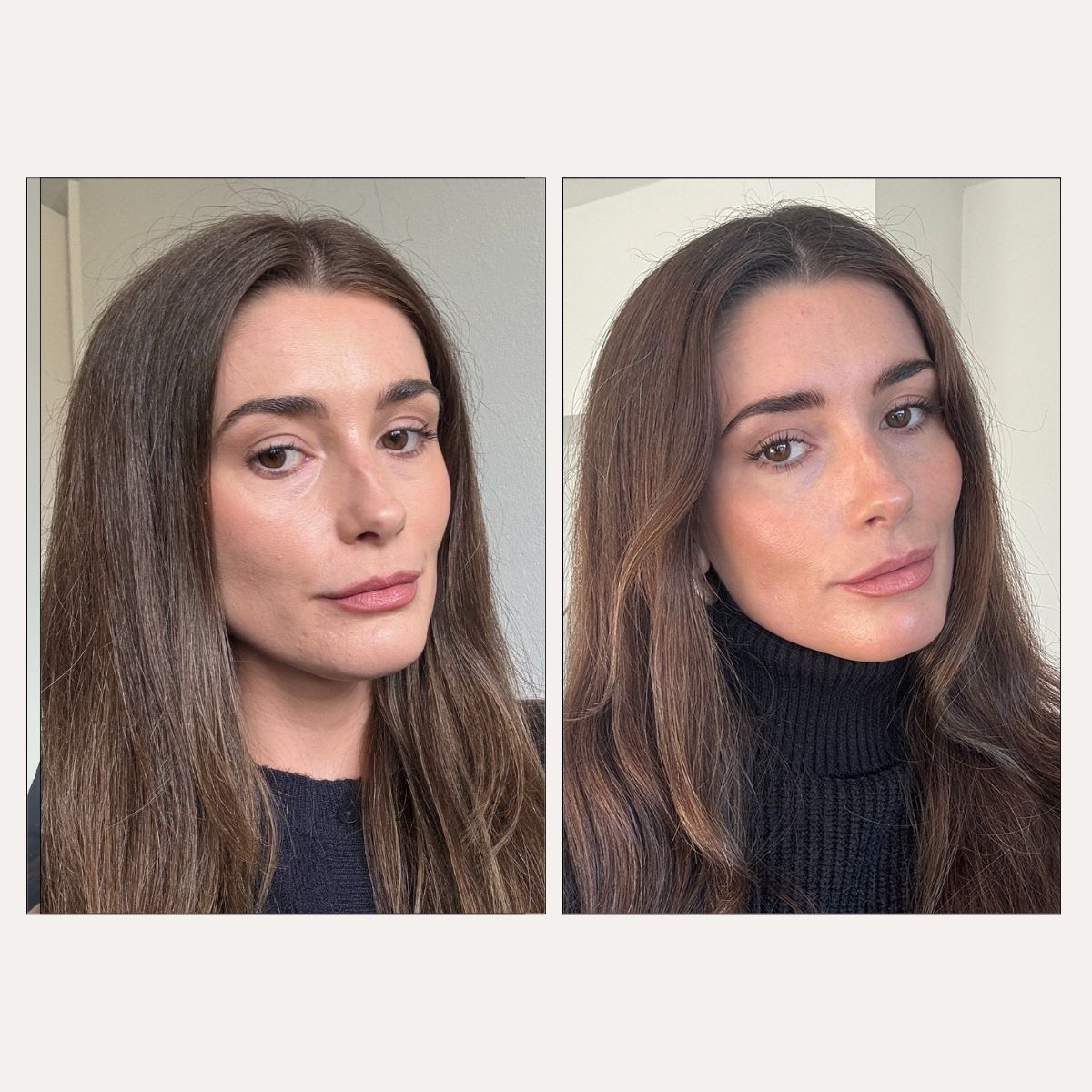 I Really Struggled to Shift My Acne Scarring, But Then I Tried These Genuinely Effective Treatments
I Really Struggled to Shift My Acne Scarring, But Then I Tried These Genuinely Effective TreatmentsThree I'd recommend.
By Eleanor Vousden
-
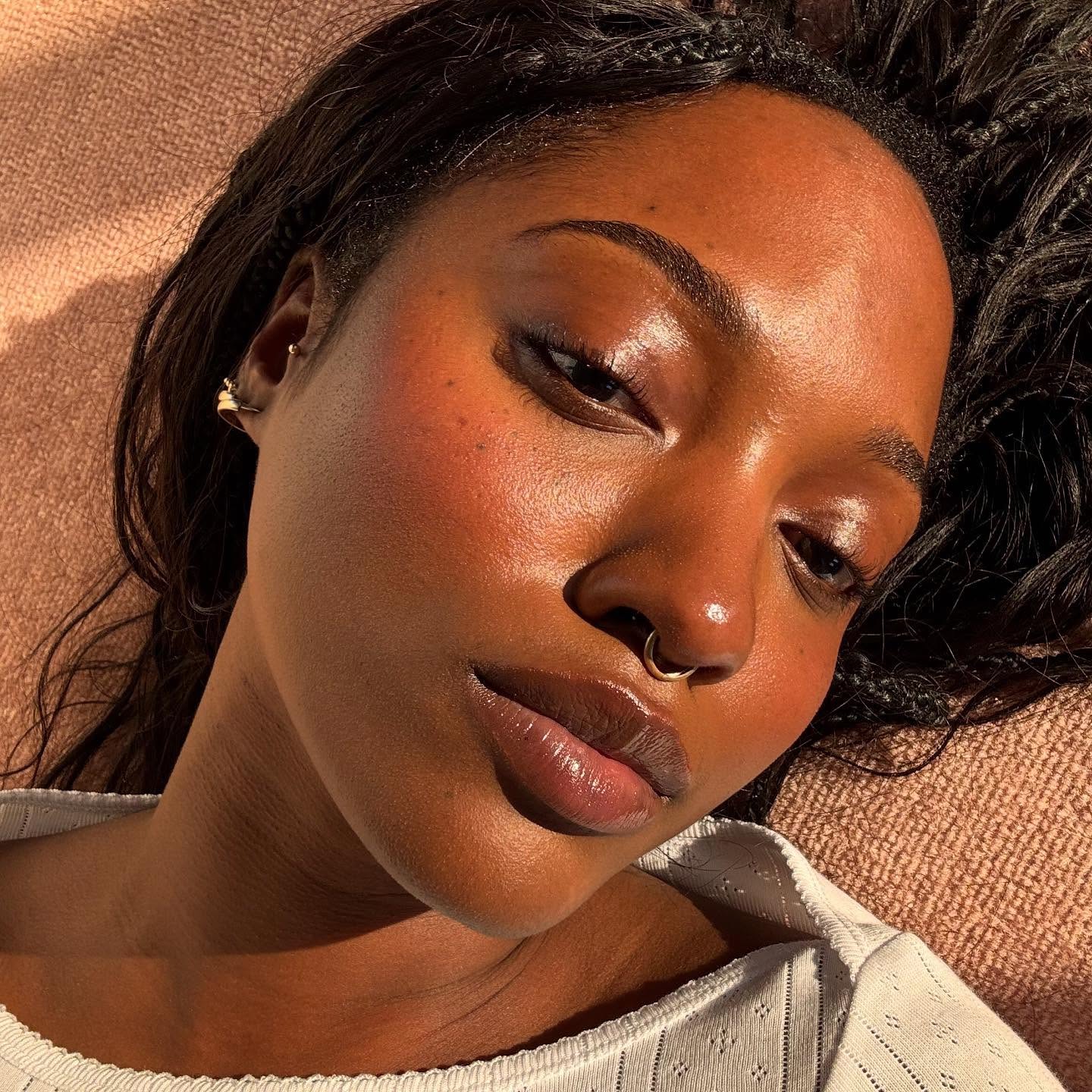 I'm an Aesthetician—These Are The Pore-Minimising Serums That Actually Make a Difference
I'm an Aesthetician—These Are The Pore-Minimising Serums That Actually Make a DifferenceMy clients love these recommendations.
By Grace Day
-
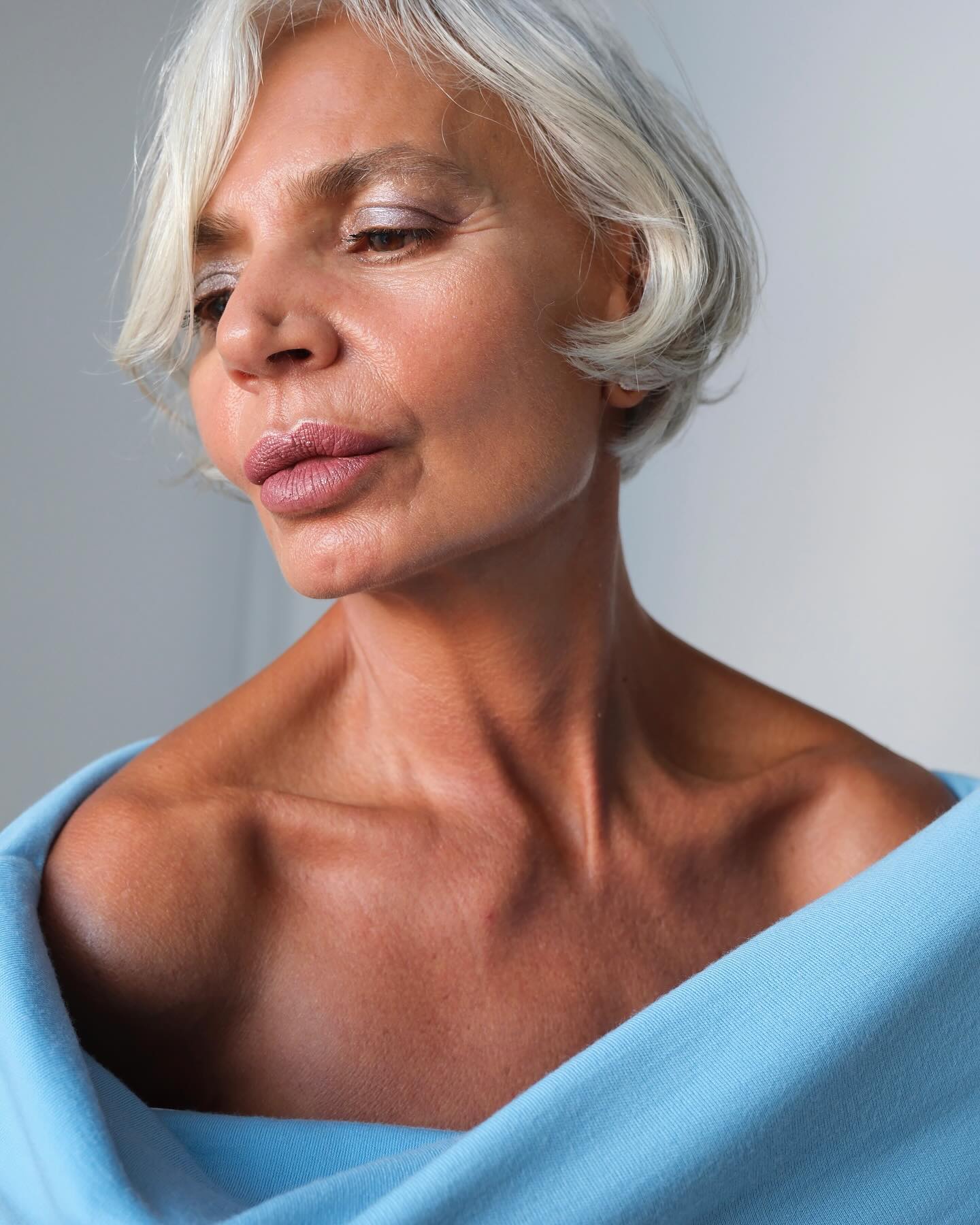 I'm 31 and My Mum is 57—We Both Follow These 6 Foolproof Steps for Flawless Skin
I'm 31 and My Mum is 57—We Both Follow These 6 Foolproof Steps for Flawless SkinGlowing complexions all around.
By Grace Day
-
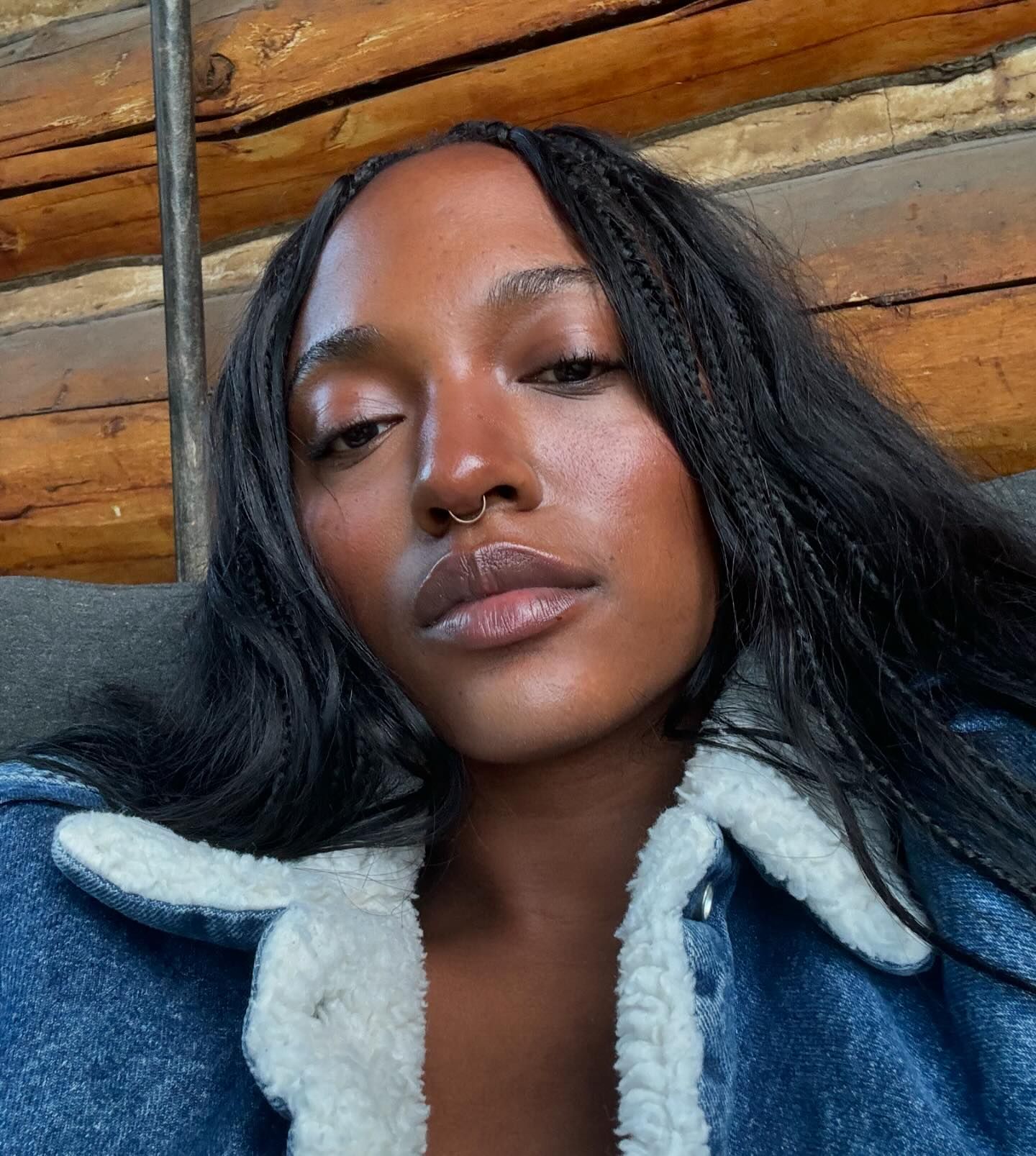 I've Tried So Many Acne-Friendly Makeup Products—These 15 Are Worth Your Time
I've Tried So Many Acne-Friendly Makeup Products—These 15 Are Worth Your TimeYour skin will thank you.
By Grace Day
-
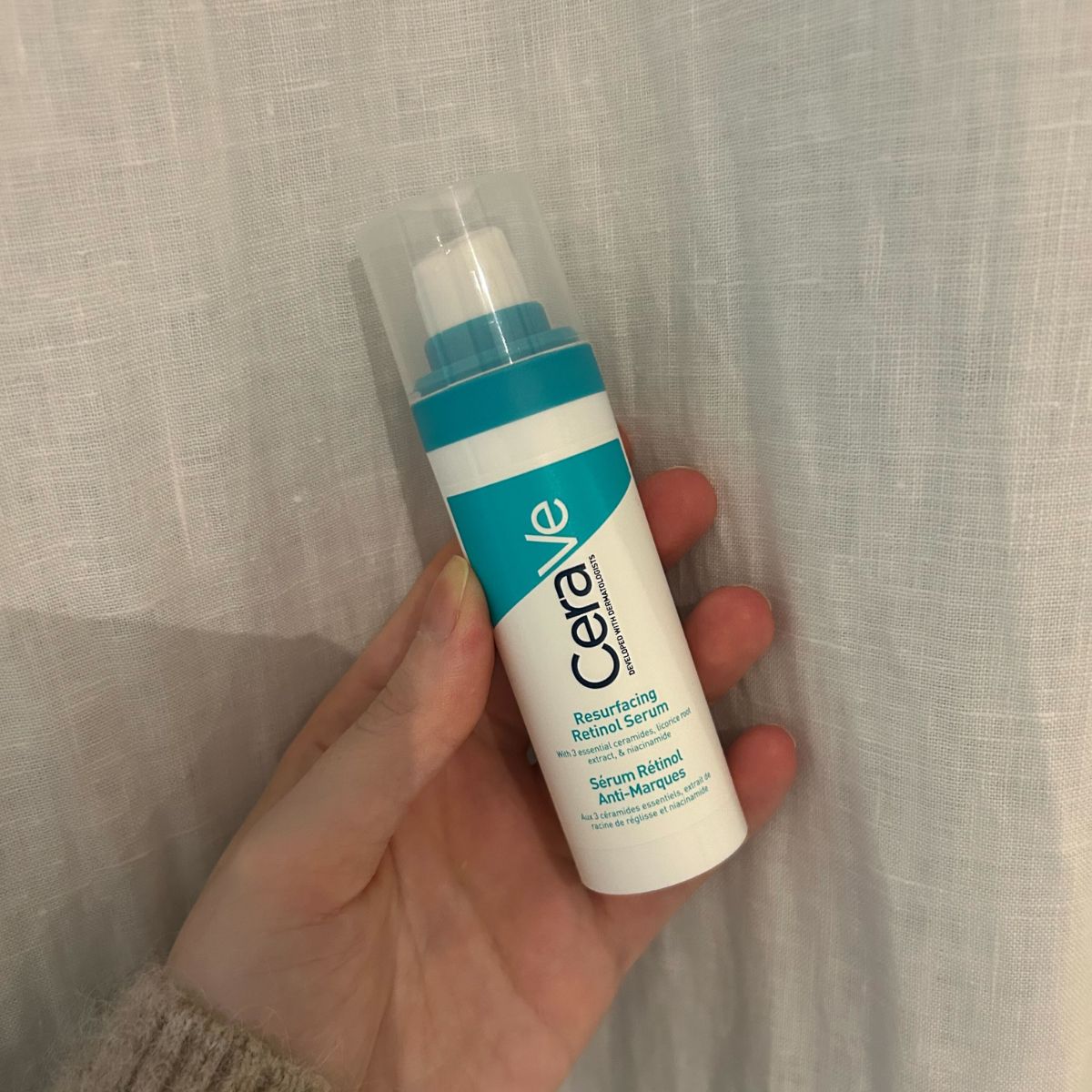 I've Tried So Many Retinol Products But Nothing Compares to This £23 Face Serum
I've Tried So Many Retinol Products But Nothing Compares to This £23 Face SerumHello, glow.
By Grace Lindsay
-
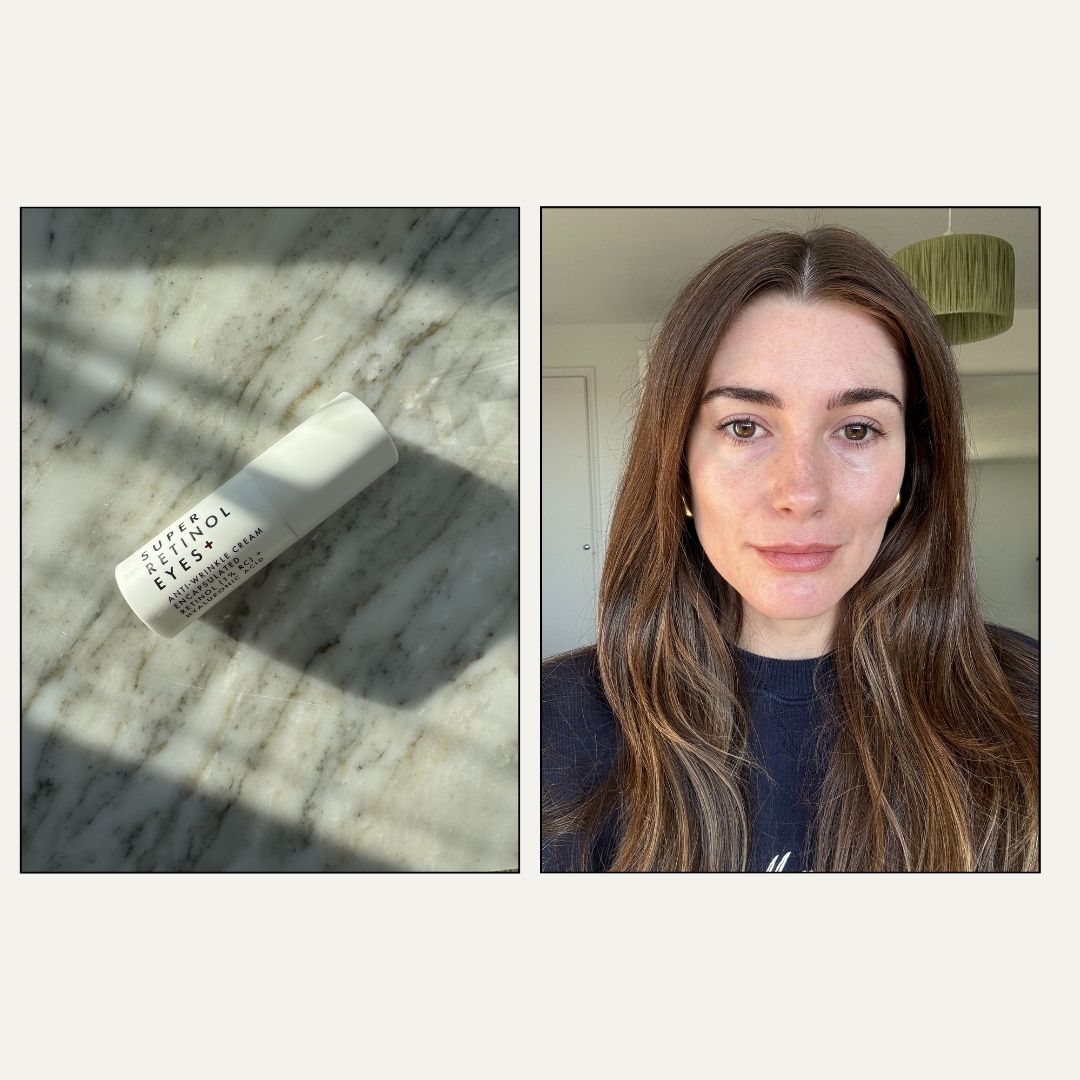 I Cancelled My Next Botox Appointment After Discovering This £15 Eye Cream
I Cancelled My Next Botox Appointment After Discovering This £15 Eye CreamIt's that good.
By Eleanor Vousden
-
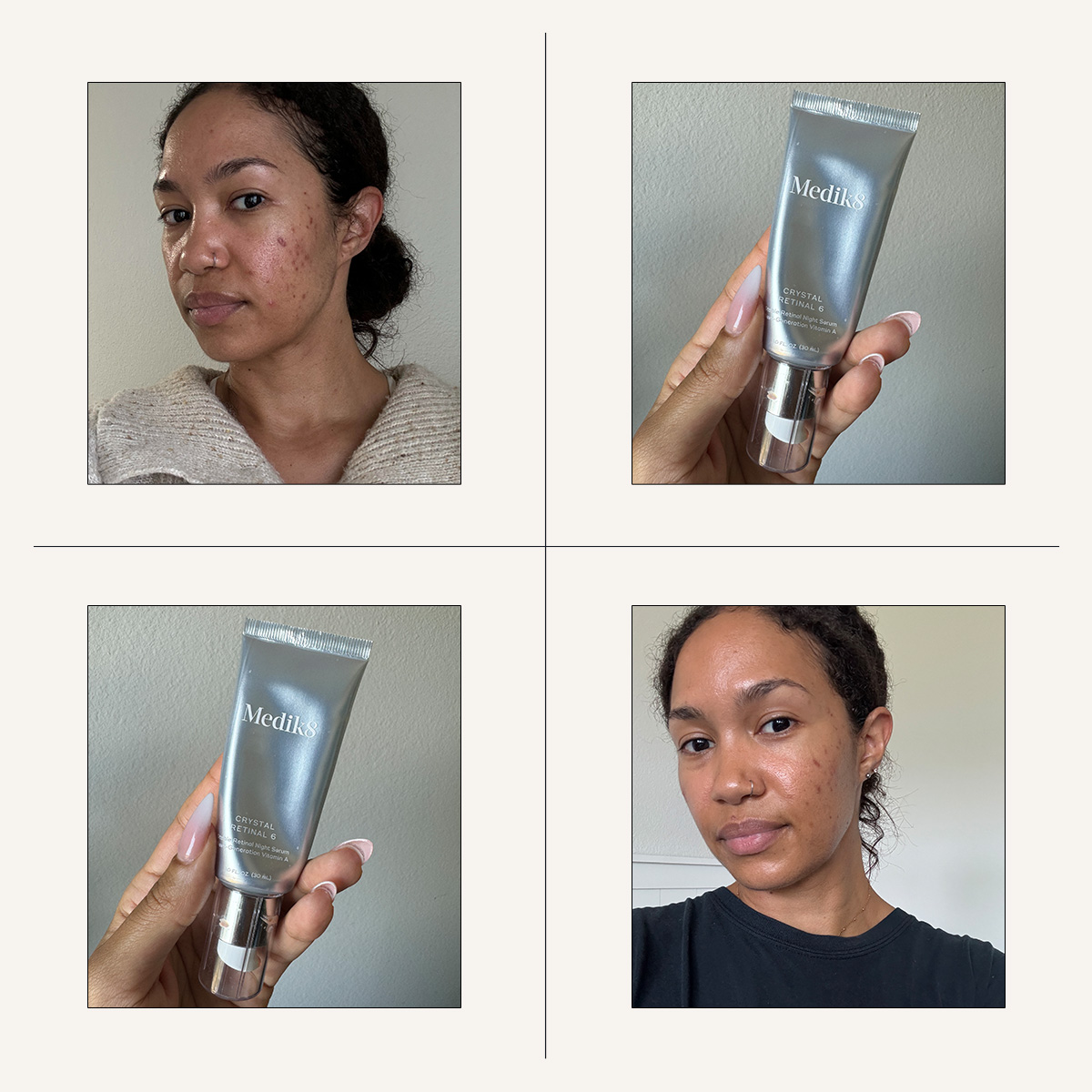 My Acne and Hyperpigmentation Were Out of Control, But This Product Turned Things Around in Less Than a Month
My Acne and Hyperpigmentation Were Out of Control, But This Product Turned Things Around in Less Than a MonthTrue story!
By Shawna Hudson
-
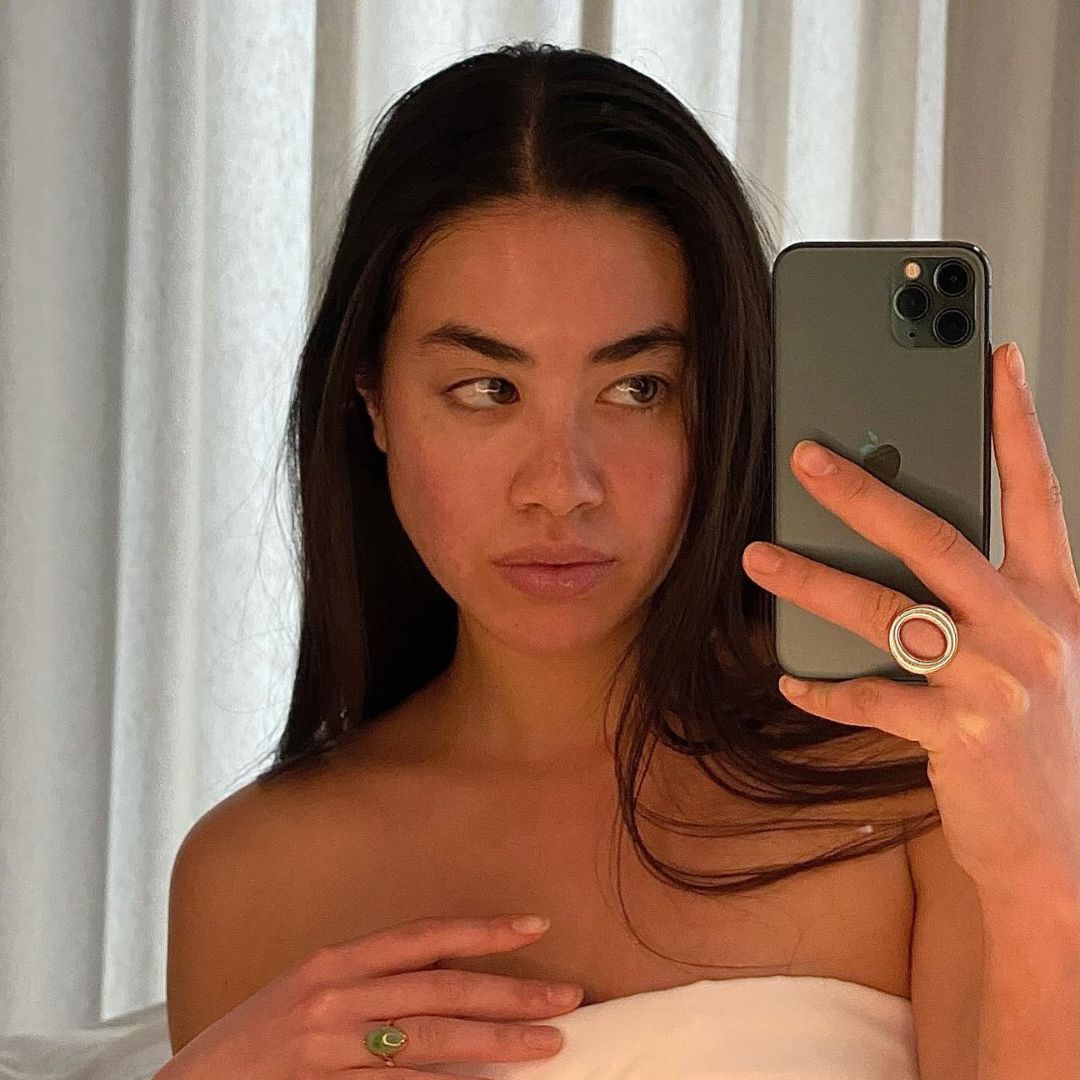 These Underrated Ingredients Prove That You Don't Need Retinol to Transform Your Skin
These Underrated Ingredients Prove That You Don't Need Retinol to Transform Your SkinThe perfect alternatives.
By Grace Day

